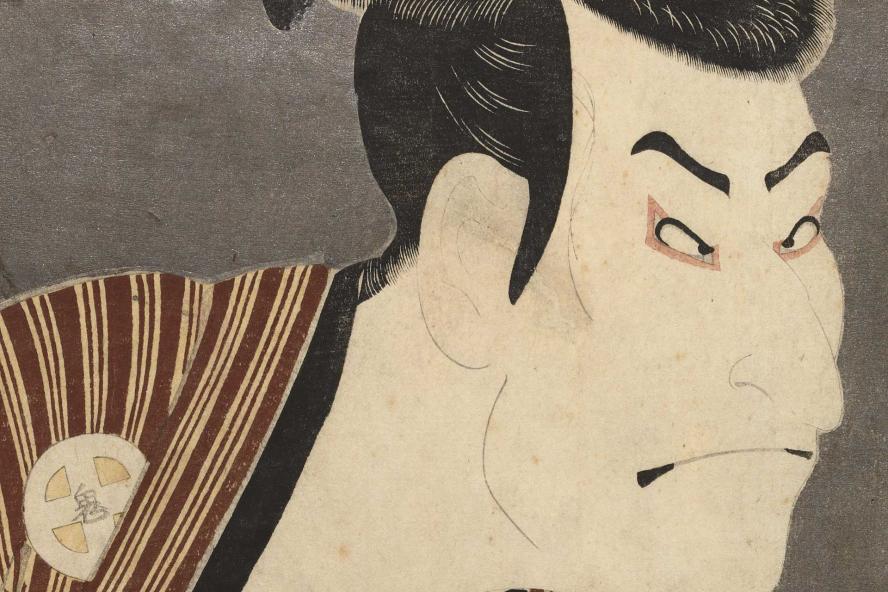Materiality, Aesthetics, and Media
The notion that art history is concerned with visual perception is limited. A great number of objects art history claims competence for has been created for a synesthetic experience, that is, a conflation of many different sensual perceptions. Seeing goes together with hearing, smell, taste, and touch. Much of religious art is a case in point. But the same also applies to contemporary installation and media art. In fact, the recognition of "media" is foundational to art history. We know that it makes a difference if a work is made of stone or ivory, acryl or oil paint. Yet, how do "media" actually work? How do they do their job? How do we perceive them? What senses are involved? Given these questions, art history has been enriched by other fields like media theory, thing theory, phenomenology and a general re-centering of art history to the human body.

Otani Oniji III as Yakko Edobe
Kabuki Actor Ōtani Oniji III as Yakko Edobei in the Play The Colored Reins of a Loving Wife, by Tōshūsai Sharaku,1794, Metropolitan Museum of Art